SeaBeLife awarded over €1.5 million in i-Nov innovation competition
Funding for company’s SeaBeEYE project will be used to develop new therapeutic approach for geographic atrophy – advanced form of dry AMD

SeaBeLife, a biotechnology company developing drug candidates intended to block cellular necrosis, today announces the award of more than €1.5M ($1.6M) in financing for its SeaBeEYE project at the i-Nov 2024 innovation competition. Funded by the French government’s France 2030 investment plan and administered by Bpifrance in collaboration with ADEME, the French ecological transition agency, this competition aims to support some of the highly innovative projects developed by French businesses. In this, its 11th financing round, from a total of 149 applications, it awarded funds to 42 projects; meaning less than 30% were successful.
The aim of the SeaBeEYE project is to develop a new therapeutic approach for geographic atrophy, an advanced and prevalent form of age-related macular degeneration (AMD). With few treatment options, this is one of the most significant unmet needs in the field of ophthalmology. SeaBeLife’s approach centers around a molecule that directly and simultaneously blocks the two forms of regulated necrosis – necroptosis and ferroptosis – responsible for photoreceptor cell death, which ultimately leads to vision loss. Its SeaBeEYE project focuses on the preclinical and regulatory development of a drug candidate with an innovative formulation. The company aims to have a treatment option ready for clinical trials in humans by the first quarter of 2026.
“This financial backing is proof of the quality and potential of our project and will enable us to accelerate its development,” explained Morgane Rousselot, CEO and co-founder of SeaBeLife. “We now have the funds we need to move forward, while remaining open to potential collaborations with other industry partners and financial backers.”
SeaBeLife conducted its initial proof of concept using a dry AMD preclinical model. Two innovative formulations were tested: The first a sustained-release intravitreal injection, meaning patients would only need to have injections every two to three months. This was validated in vitro. The second a prototype eye gel for topical application (no injections required). Initial in vivo results confirm that this formulation is effective in transferring the active ingredient to the retina.
Geographic atrophy is a serious ophthalmological disease that affects over five million patients worldwide, approximately 20% of all individuals with AMD. As this is an area of significant unmet need in the medical sector, according to SeaBeLife the potential market in Europe and the US is worth an estimated €2.4 billion ($2.55bn). By developing innovative treatments such as its drug candidate, SeaBeLife aims to respond to this unmet need and improve the quality of life for millions of people affected by this disease.
Published on : 22nd April, 2024
BIO-TECH
-
Venture Center receives ATF 2025 Honour for supporting assistive technology innovations 24th November, 2025
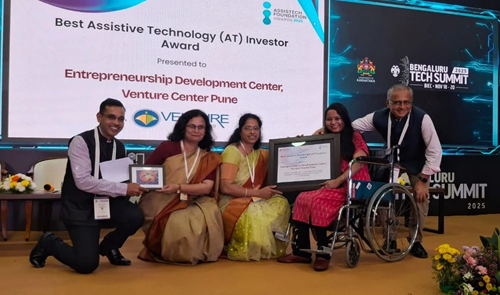
-
Vaidam Health and Vanuatu's Ministry of Health ink MoU to strengthen cross-border healthcare access 20th November, 2025
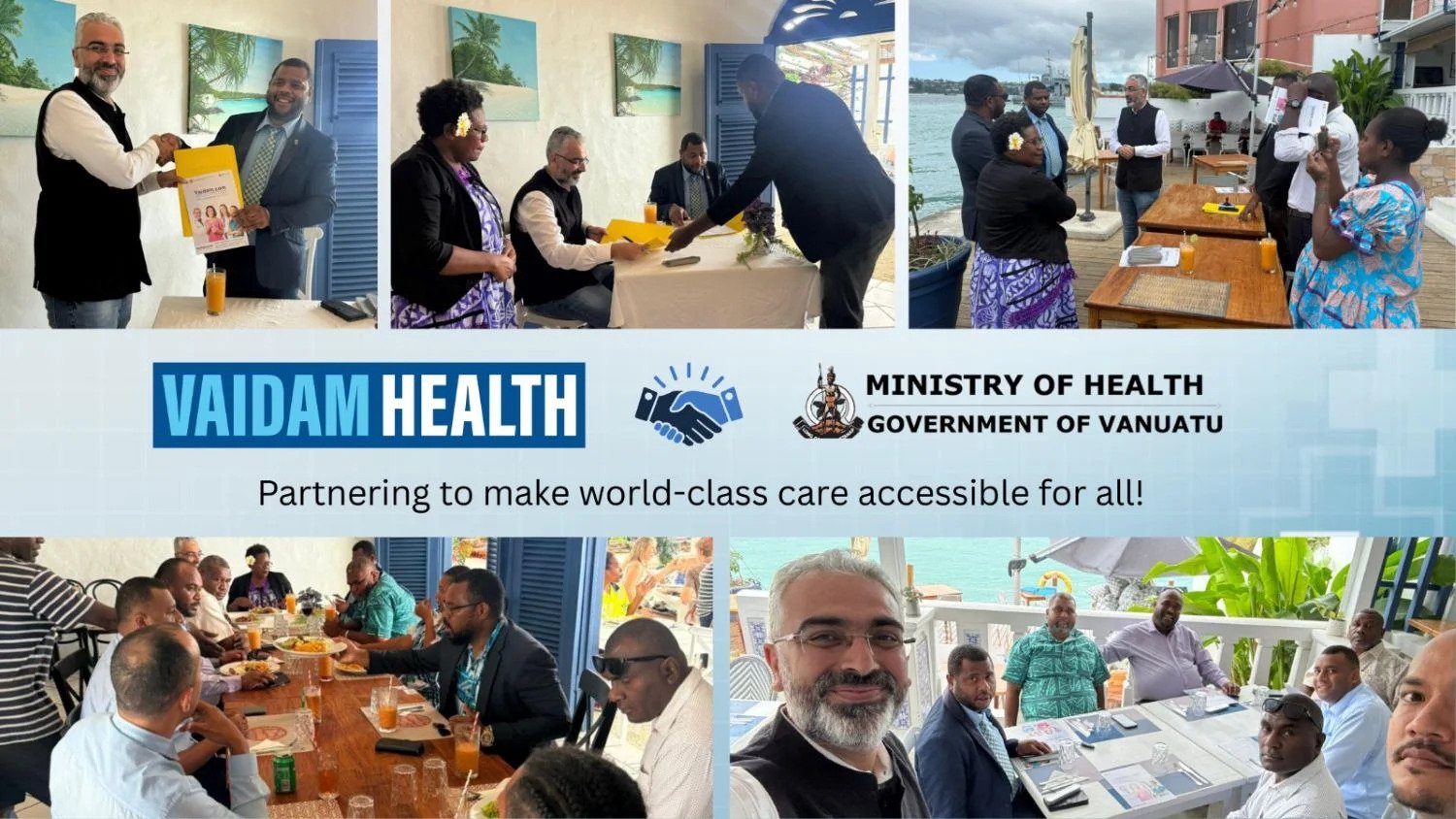
-
Whale Tank Biocatalysts hosts Startup-Investor Meet WT 3.0 in Hyderabad 17th November, 2025
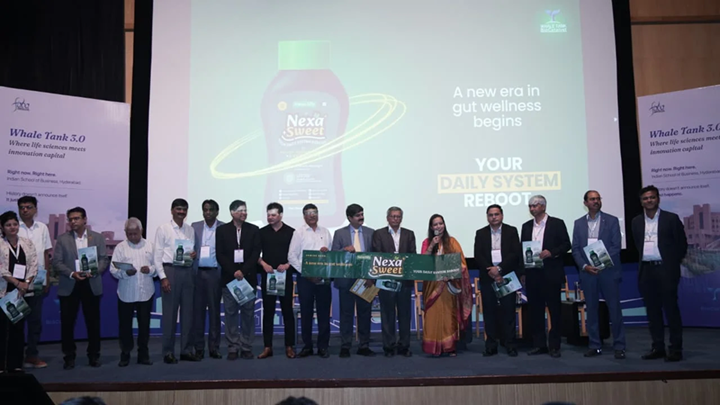
-
BTS 2025 to host India’s largest entrepreneurship platform “Future Makers Conclave” on Nov 20 06th November, 2025
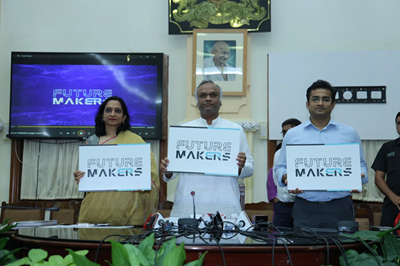
-
Bessemer Venture Partners leads Rs 125 Cr Series A funding in fertility startup Pluro 04th November, 2025
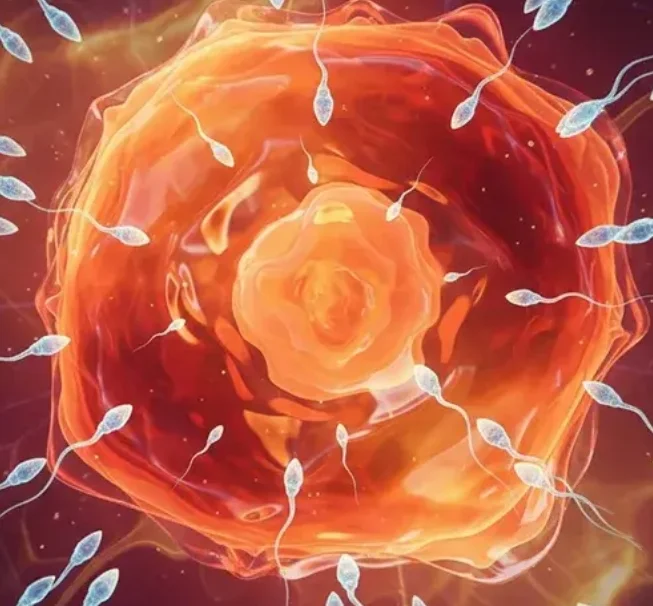
-
dhaRti BioNEST Incubation Centre opens at Indian Institute of Technology (IIT) Dharwad 15th October, 2025
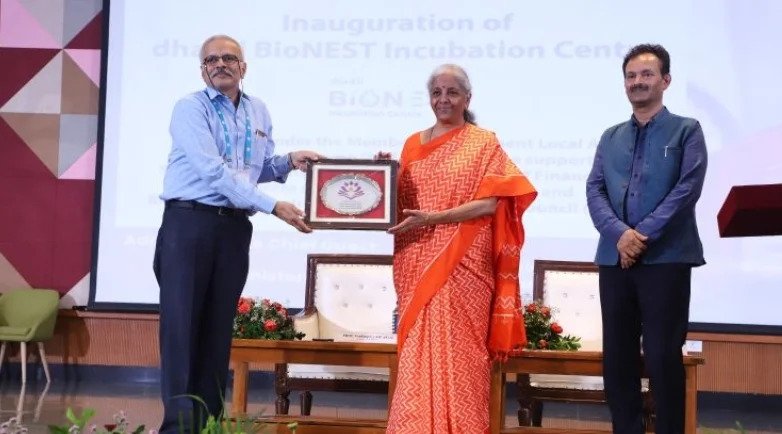
-
Bartronics India makes strategic investment of up to Rs 50 Cr in Huwel Life Sciences 30th September, 2025





